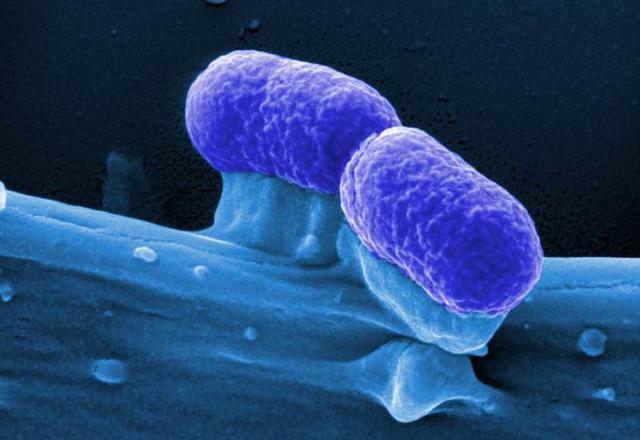You are here
Drug-resistant superbug found in 1915 soldier killed by dysentery
By Reuters - Nov 09,2014 - Last updated at Nov 09,2014
LONDON — Scientists who unlocked the genetic code of bacteria grown from a soldier who died of dysentery in World War I say it revealed a superbug already resistant to penicillin and other antibiotics decades before they were in common use.
The discovery sheds light on the history of antibiotic resistance — now a global health threat — and offers fresh clues on how to tackle dysentery, a disease that kills hundreds of thousands of children every year in developing countries.
“Even before the description and widespread use of penicillin, this bacterium was resistant to it,” said Kate Baker of Britain’s Wellcome Trust Sanger Institute, who worked on the research with colleagues at Public Health England (PHE).
Dysentery is a life-threatening disease that is becoming increasingly hard to treat due to its growing ability to evade antibiotic treatment. It was rife in the trenches during World War I, and still spreads now in unsanitary conditions in poor countries and in conflict zones.
The genetic data from this sample of bacteria — known as Shigella flexneri — which infected a soldier on the Western Front, show how the pathogen has changed in the past century.
Baker’s research is to be published in The Lancet medical journal on Saturday.
She said in a telephone interview that analysis of genetic differences between this 1915 sample of Shigella flexneri and three others isolated in 1954, 1984 and 2002 showed that while the bacterium has changed relatively little, the mutations it has acquired have made it more dangerous and persistent.
It also went though what is known as a “serotype conversion”, she said, which made it able to reinfect and cause illness in people who had already been infected before and would previously have been immune to further attacks.
The three other samples were one known as 2457T from a Japanese patient in 1954, a strain called 301 taken from Beijing in 1984, and a further epidemic strain from China from 2002.
“Only 2 per cent of its [Shigella’s] genome differed over that time,” Baker said. “But the changes is has acquired were crucial to helping it evade the antimicrobials [antibiotics] we use to fight it. It’s quite remarkable.”
She said she hoped the findings may ultimately help her team and other scientists in the search for an effective vaccine for Shigella, since there are now few existing antibiotics to which the bug has not developed some level of resistance.
Intrigued by the 99-year-old stool sample, the first in Britain’s National Collection of Type Cultures, Alison Mather, another scientist on the team, set out to find the soldier with the sample’s name, Cable, her only starting clue.
Using PHE and National Archives records, she tracked down the hospital where the sample was taken — a converted hotel in the French coastal town of Wimereux — and trawled through papers there until she found an entry for a Private Ernest Cable of the Second Battalion of the East Surrey Regiment. It was the record of his death from dysentery on March 13, 1915.
Related Articles
PARIS — Scientists warned Thursday of the “epidemic potential” of deadly and fast-spreading bacteria resistant to last-line antibiotics.&nbs
Pampering leafcutter ants with fragrant rose petals and fresh oranges may seem an unlikely way to rescue modern medicine, but scientists at a lab in eastern England think it’s well worth trying.
Humans face the very real risk of a future without antibiotics, a world of plummeting life expectancy where people die from diseases easily treatable today, scientists say.


















